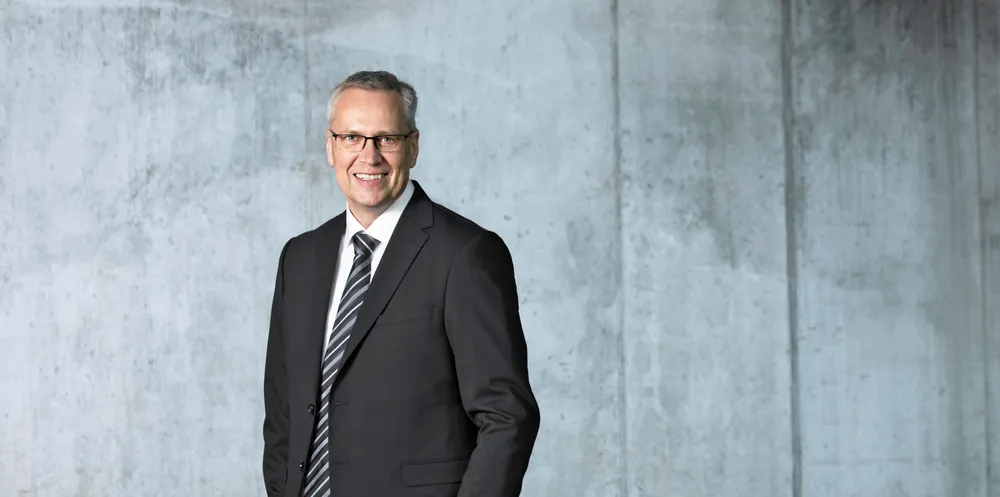'Scalability is wind power's strength but also its Achilles heel – we need a fresh take'
OPINION | Expanding production footprints have helped renewables drive down prices but now increasing volatility means a more collaborative model is required, writes Tommy Rahbek Nielsen
